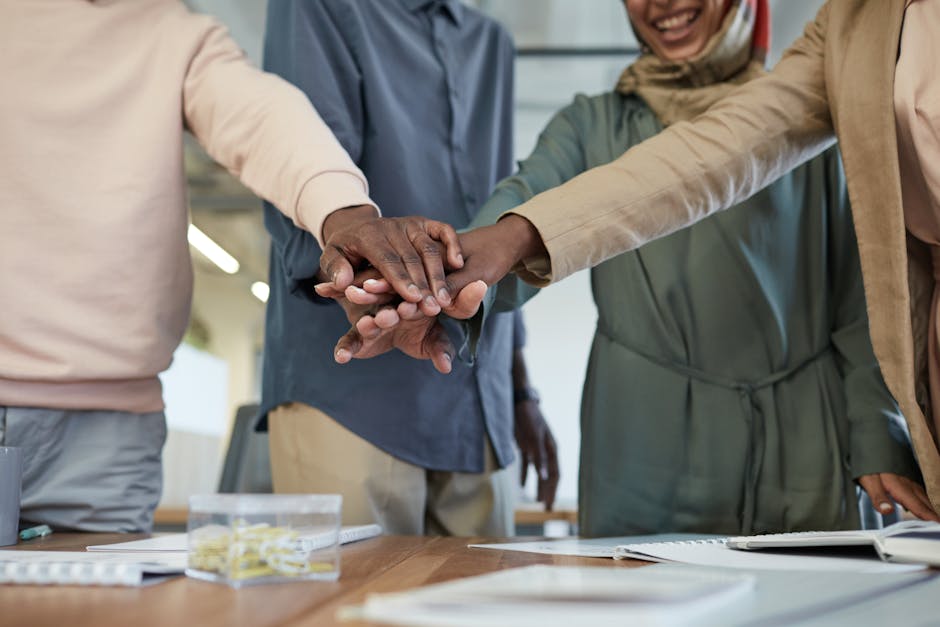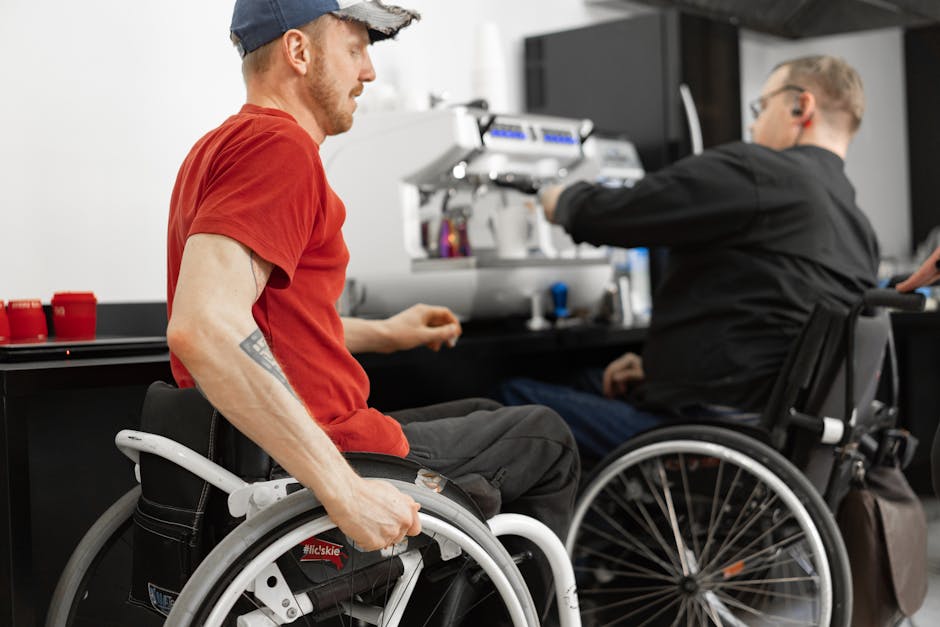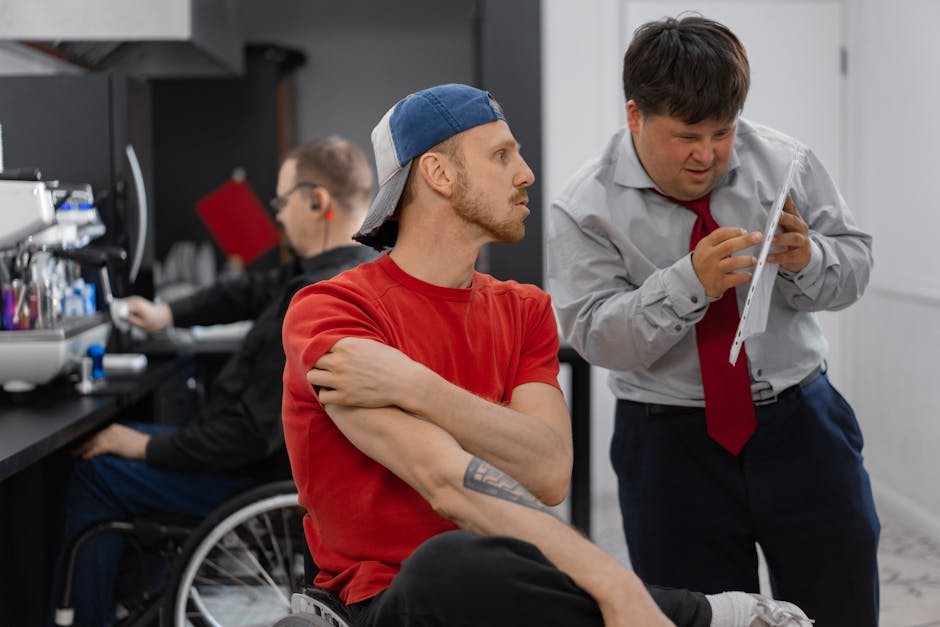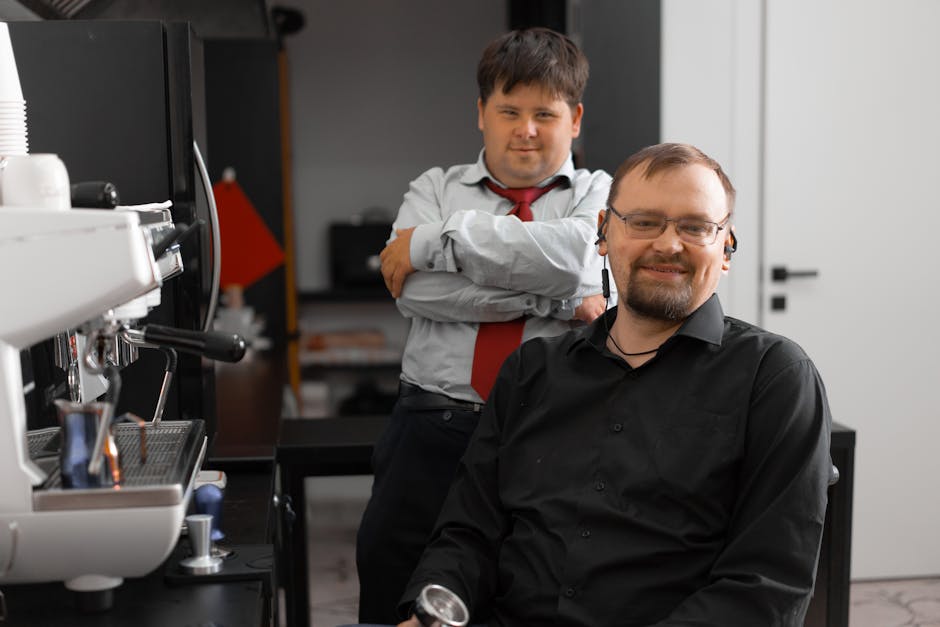
Community integration addresses challenges participants may face as they recover from illness or injury

While rehab is focused on improving strength, speech, motor skills, and cognition, community integration refers to improvements in functional skill set that continue after hospitalization has ended.
In fact, community integration therapy promotes people’s ability to function outside of treatment settings, for example by going back to work, joining social groups or communities, and engaging in civic duties and responsibilities.
This type of therapy helps patients learn new skills and integrate these into their daily lives to improve quality of life. Therapists also help patients feel more confident about themselves and their abilities to manage everyday demands.
There are many ways to promote community integration including cognitive behavioral interventions, role activities, and community programs. Let’s take a look at each one.
Group activities can promote participants’ well-being

In addition to providing opportunities for social interaction, group activities can have many health benefits for people with disabilities.
Participants may have more energy due to being socially engaged or because they feel productive contributing to the community.
They may also experience less depression and anxiety as a result of joining a group where they can be accepted.
Group activities are often organized using a variety of teaching techniques in order to engage attendees who may not typically want to participate.
These techniques include discussion, role playing, storytelling, and personal sharing. All of these strategies help people connect to and express their thoughts about the event and its content, which is likely to increase engagement.
Results show that meaningful participation in groups helps improve quality of life for people with chronic illnesses like diabetes and cancer. For older adults, studies report improvements in mental function and wellbeing.
Groups provide social support, education, and make professionals accountable for their actions. This contributes to better health outcomes.
Benefits are greater when the group works together to develop tasks and goals that benefit each member. When members keep themselves active by working towards self-defined goals, this reduces disability and improves death rates.
Conclusions suggest that interventions that incorporate structured communication and coordination into care management programs for seniors might yield great benefits for mobility, independence, health services use, and costs.
Encouraging participation in community activities can help increase an individual’s well-being

People with disabilities are often isolated, which limits opportunities to learn social skills and contribute to society.
However, members of a disabled person’s immediate family may also be underevalenced as they are likely already involved in that person’s care.
Many institutional settings (such as hospitals and assisted living facilities) promote integration through specific programs such as life enrichment classes or community events.
These efforts encourage participation in structured activities from clubs to day tours. This is because exposure to new experiences helps people build confidence and positive relationships.
People with disabilities may not have the time or energy to engage in these types of activities, but that doesn’t mean they aren’t worthwhile.
Become more active in your community and make an effort to talk about what you do. You could start with friends or family, perhaps asking if they would be interested in going to the museum today.
By introducing different topics into your conversation, others may feel more inclined to join you for their lunch break.
Community engagement takes work, so don’t worry about being perfect; practice makes progress!
Community integration can help participants adapt to life after intensive care or hospital stay

Many hospitals provide community integrative therapy (CIT) services to prepare patients for transfer to home. CIT helps people reconnect with their communities, find solutions to common problems related to disability, illness, or infection, and reestablish friendships.
Community therapists work one-on-one with patients using various techniques to achieve patient goals. Patients are usually separated from friends and family during treatment.
Therapy sessions typically last 45 minutes and take place twice a week. Patients receive a printout of their homework tasks.
Results may include reduced reliance on isolation, recovery, lifestyle change, and social support, as well as improved quality of life.
Helping participants connect with others can help them feel less lonely and more empowered

Many people participate in community events or programs to meet new friends, build families, conduct business, or do good things for their communities. But it’s important to understand that each person’s experience of connecting with others is unique.
Everyone has different needs and desires to connect with other people, so don’t worry about what types of connections you might make or how many people you may end up meeting.
Your biggest goal should be to give yourself some time to grow through this experience by simply being happier and healthier because of it.
That way you’ll have an increased need and desire to make stronger friendships, relationships, and ties to your community.
These will be opportunities to learn something new and experience something new that you probably wouldn’t have if you were going through the motions of life.
They also contribute to you feeling happier and better about yourself, which makes you want to connect more with others.
Let go of thinking there’s a right or wrong way to get connected with others, and just let yourself heal from social isolation.
Over time, community involvement will become harder and harder, or even disappear all together. This is due to priorities changing and finances becoming available.
If you find yourself struggling, try reducing your commitments and spending money slowly to see what changes occur. It’s possible that you can gradually increase amounts spent when needed.
Encouraging participants to take part in community activities can help them access needed care

Participation in group programs is becoming more prevalent as people age. These types of programs can include life enrichment classes, educational groups, sports teams, and communities for other seniors. Not only does participation in these programs provide fun, time-tracked opportunities to enjoy themselves, it also can be an important part of your overall health and well-being.
Many older adults spend significant amounts of time watching television. While this may sound like a good way to kill time, there are many benefits to being active and having fun.
Participation in community events is another way to have fun and connect with others. You could do small projects together or hold a dinner race where you compete to see who can finish first.
Any type of activity that promotes communication, teamwork, and leadership is great for mental health and physical health. Your brain and body love new experiences, so why not use them to boost your strength, flexibility, and coordination?
——
Group activities can promote participants’ well-being

In addition to providing opportunities for social interaction, group activities can also have many other benefits for individuals. Participation in a group activity may be what helps people meet their health goals, live longer, and feel happier.
Not all types of group activities will work for everyone. People with autism have different preferences and levels of ability when it comes to community participation.
However, even if an individual does not adapt to group activities right away, they might still benefit from them. Group activities help people make new friendships and learn about healthy ways to get together. These things can help them maintain or increase happiness as they age.
For example, a study done by a team led by Dr. Laura Schlesinger at Vanderbilt University found that older adults who participated in group activities ended up enjoying themselves more than those who spent time alone.
They also had better overall quality of life and were less likely to suffer from depression or anxiety. This was true regardless of whether the subjects lived alone or met others in the group.
These findings show how promoting engagement and negative emotions is important for helping people stay engaged and happy.
Participants can learn to become more active and contributing members of their community
There are many types of communities that people can join with various degrees of involvement. The most common type is organized via social media, such as Facebook or Twitter. Perhaps one of the less commonly known options is an offline community like Meetup.com
An online community is a group of people who interact with each other through forums, groups, posts, etc. they share similar interests and activities.
Members of an online community may be everywhere from high school students to retired adults, new friends to old acquaintances, everyone from college kids to politicians, and individuals in every stage of life.
Online communities offer services for members to connect over shared goals and experiences. You will most likely have to participate in regular events to gain trust within the community, and it’s important to keep up core values such as honesty, respect, fairness, and privacy.
By joining an offline community, you get exposed to another culture that inspires you to develop its own set of skills. It also gives you a place to meet others so you can explore together what matters to you. All in all, any complex problem has no solution without the help of your peers.
Helping participants adapt to life after intensive care or hospital stay

Many people have very restricted social interactions after a health crisis due to quarantine, grieving, or anxiety. It is important to emphasize that therapy can help with this!
But what about everyday living expenses? You should try to keep travel costs low by filing for assistance.
Consider trying something like FreeRice or other cognitive reserve games to reduce stress and sharpen thinking processes.
Many hospitals require family members/friends to be present during treatment which may create emotional burden. This is especially true of aggressive treatments such as surgery.
We all know how much you love one another, but in terms of medical care, these are your priorities: the patient.
Community integration services comes into play here; get your patients involved in meaningful activities while they’re still recovering. Give them roles in the community.
Let them run things they need to run, work on things they want to work on, and feel useful.
Keep promoting wellness initiatives among staff so more families can be found. Most communities offer resources for connecting people with each other.
READ ALSO: https://dewarticles.com/7-unexpected-health-benefits-of-ginger/